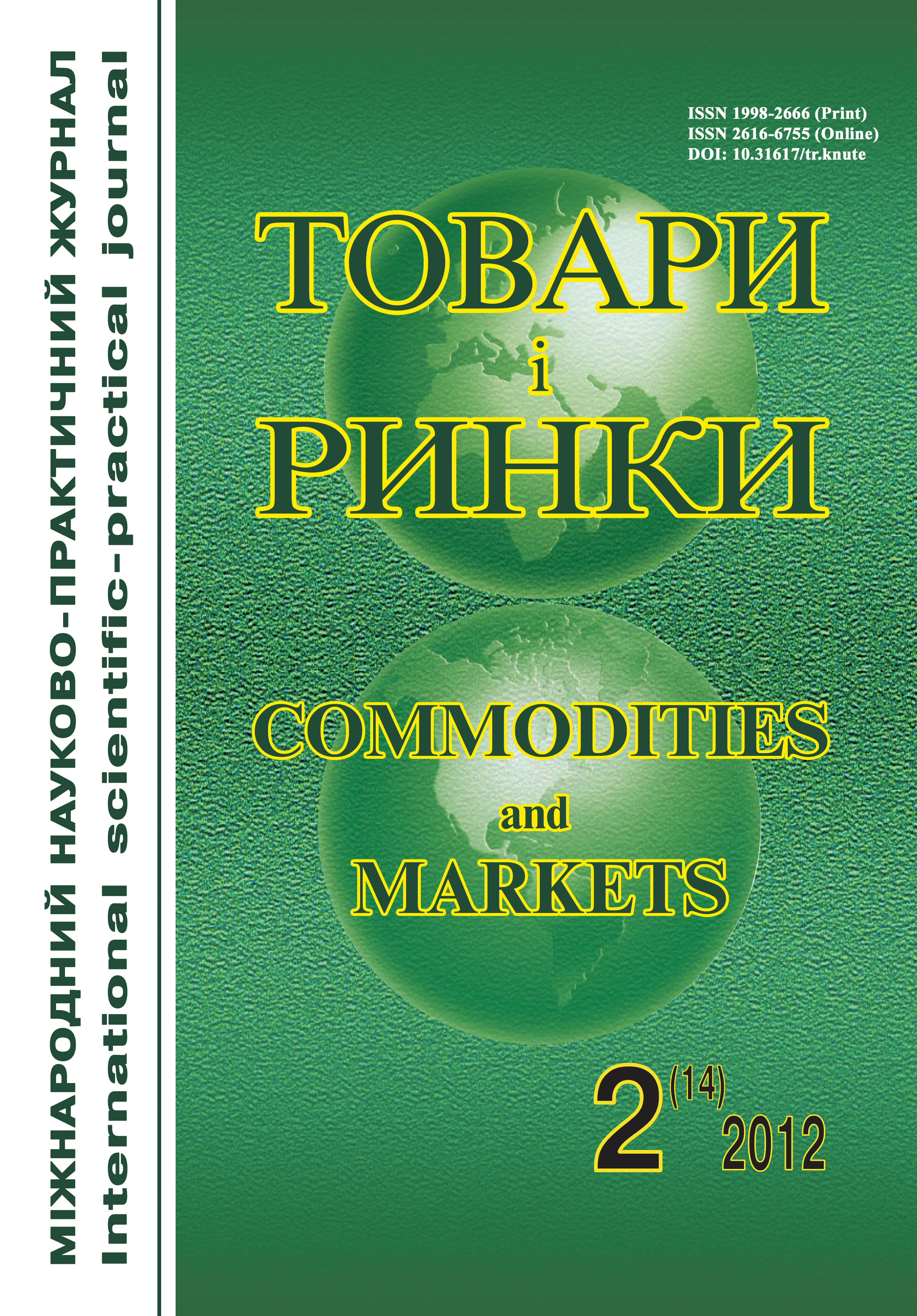Composition of the alloys in jewelry of the Scythian and Sarmatian periods
Keywords:
jewelry, chemical compound, heterogeneity, criterion of authenticity, copper-silver-gold axisAbstract
Nowadays the question of material-science differences between antique jewelry of Scythian and Sarmatian period remains understudied, as a large number of them are stylistically similar, complicating their identification and assessment of authenticity. Thus the most reliable way to confirm the authenticity is a comparative analysis of chemical composition.
Results of researching jewelry of the Scythian and Sarmatian periods jewelry indicate usage of alloys similar in composition, possibly natural mineral-based or gold-nuggets ones. About four dozen natural alloys of gold have been found. They have a definite chemical composition, and the fact that pure gold (native) in nature is extremely rare, confirms that the likely composition of the precious Scythian alloys has certain limitations, if composition is not doped.
There are base components of the alloy in researched goods. Except gold, they are silver and copper, which together form a copper-gold-silver-gold (Au-Ag-Cu) axis – a stable association (geochemical triad elements), which is involved in all cycles of endogenous gold migration. However, copper and silver differ from some of gold properties because of another behavior of natural processes.
Using X-ray fluorescence analysis in thin bowls we have found that content of gold in alloys of Scythian period goods varies from 30 to 70 %, goods of Sarmatian period – from 60 to 95 %. An important distinction between Sarmatian period goods is considerable homogeneity of alloys. We have found that silver, not copper, as opposed to modern alloys, is the second largest component after gold. The most typical impurities to gold alloys in Scythian jewelry are platinum and cadmium, and in Sarmatian jewelry – platinum and iron. With the increase of purity contents of these impurities is reduced.
Signs that characterize similar content of antique gold points: first, the use of a single technology of metal alloys in the same area in the Sarmatian period; secondly, one source or sources that do not differ from each other; thirdly, the absence of impurities scrap (ferrous metals).
Thus, the Sarmatian period goods, in contrast to the Scythian, are made of high-grade and more refined gold. The first are less heterogeneous in basic elements and impurities in the alloy. Dependence of the chemical composition on raw materials depuration is common to both periods goods. Content of silver and copper is due to the natural occurrence in Scythian goods, and due to the partial doping goods of the Sarmatian period. Research has shown that chemical composition of antique jewelry gold alloys is a reliable measure of its authenticity.
References
Артюх Т. М. Товарознавча експертиза ювелірних коштовностей. Теорія і практика : моногр. / Т. М. Артюх. — К. : Київ. нац. торг.-екон. ун-т, 2005. — 303 с.
Дронова Н. Д. Ювелирные изделия / Н. Д. Дронова. — М. : Изд. дом "Ювелир", 1996. — 352 с.
Мінжулін О. І. Реставрація творів з металу / О. І. Мінжулін. — К. : Лібра, 2000. — 227 с.
Ogden J. Ancient Jewellery: Interpreting The Past / J. Ogden. — University of California Press / British Museum, 1996. — 64 p.
Косолапов А. И. Некоторые аспекты экспертизы исторического металла / А. И. Косолапов / Сб. материалов по экспертизе художественных произведений — М. : Центрполиграф, 1995. — С. 137—141.
Петровская Н. В. Самородное золото (общая характеристика, типоморфизм, вопросы генезиса) / Н. В. Петровская. — М. : Наука, 1973. — 347 с.
Bulakh I. Research of the chemical compound in cultural values’ gold alloys / I. Bulakh : mater. of intern. confer. ["Mіody towaroznawca"], (Poznan, 15—16 may 2009 / Poznan University of Economics. — Poznan : Poznan University of Economics, 2009. — P. 36—39.
Кобзарь А. И. Прикладная математическая статистика / А. И. Кобзарь. — М. : Физматлит, 2006. — 816 с.



